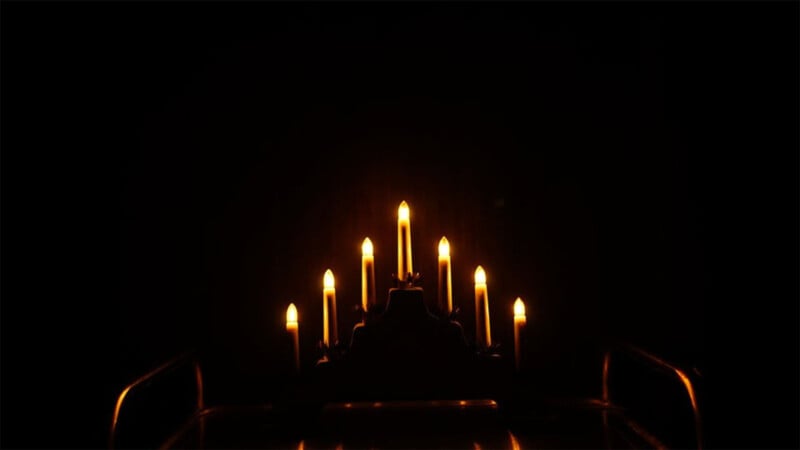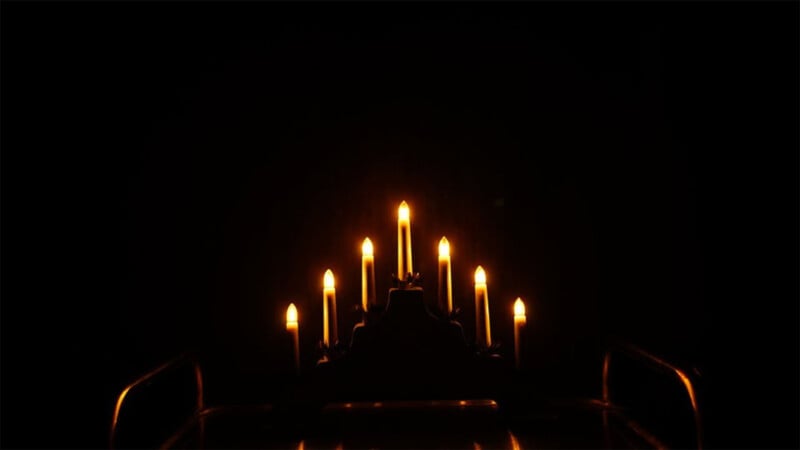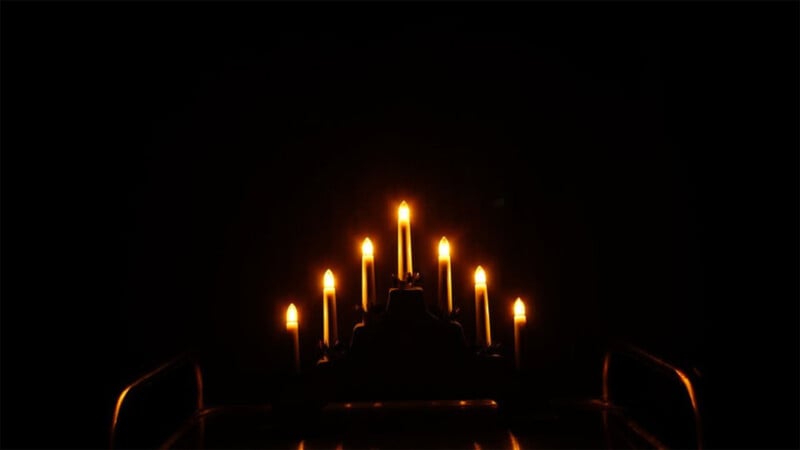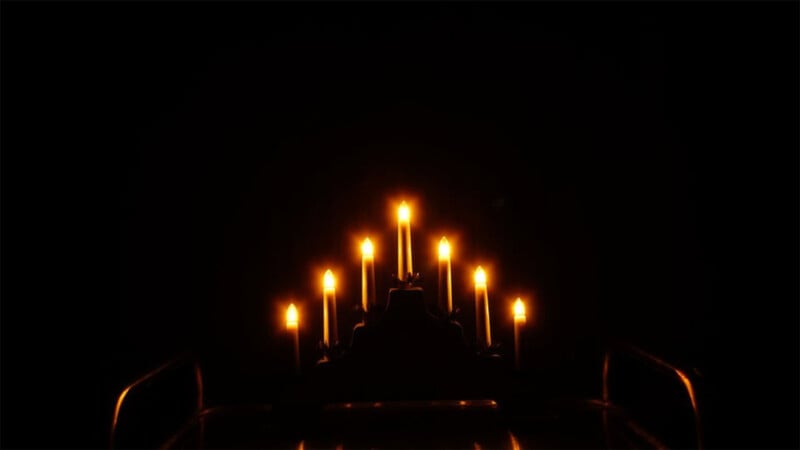![]()
Swedish company LC-Tec specializes in liquid-crystal optical technologies, including optical shutters and variable neutral density filters. Its latest innovation is the world’s first — an Electronic Variable Diffusion (EVD) filter system for cinema lenses.
Showcased at the ongoing IBC Expo in Amsterdam, LC-Tec’s EVD is designed to be mounted in a matte box and offers user-controlled, continuously variable diffusion. The current EVD prototype comprises a 4 x 5.65-inch glass filter and a small connected controller box. During shooting, the cinematographer can smoothly vary diffusion strength for the desired creative effect.

“Cinematographers will also be able to vary the diffusion strength during a shot for creative effect, something that was practically impossible until now with modern cinema equipment,” LC-Tec explains. “It will also theoretically be possible to adjust the diffusion intensity as focal lengths are changed whilst zooming. There is also the possibility for remote operation where diffusion can be adjusted while the camera is in a hard-to-access location like on a jib or crane.”
Precise changes in voltage control the diffusion effect by dynamically changing the physical properties of the filter. For example, with a five-volt charge applied to the filter, the diffusion effect is much stronger than with a three-volt charge.
This alone is a breakthrough innovation in diffusion technology, which has thus far been limited to static diffusion amounts through a typical filter. However, LC-Tec says the EVD goes beyond that. It is possible for electronic diffusion to be applied at different strengths to localized parts of the filter.





“For example this localised diffusion could be used to bloom light sources without affecting the skin detail or subject,” LC-Tec explains, “or conversely to soften skin detail white retaining the overall characteristics of the rest of the frame.”
The company says that traditional diffusion filters have required a lot of guesswork from cinematographers, as different lenses, T-stops, scenes, subjects, and lighting conditions all impact how a diffusion filter affects the look of the shot. The same filter may bloom a light source differently on one lens than another or affect global contrast to varying extents. If a cinematographer can adjust the strength of the filter on the fly without changing filters, it is a total game changer.
LC-Tec is no stranger to using voltage to adjust the intensity of a filter effect, as the company has long manufactured electronically variable ND filters. The company’s PolarView-eND is used in numerous cinema cameras on the market. LC-Tec is taking a similar approach with its new EVD, which will be available to third-party manufacturers in Q2 2025. The precise form factor will depend upon a manufacturer’s specifications.
For those attending IBC, LC-Tec is showing its new EVD technology at booth 12.A42.
Image credits: LC-Tec
